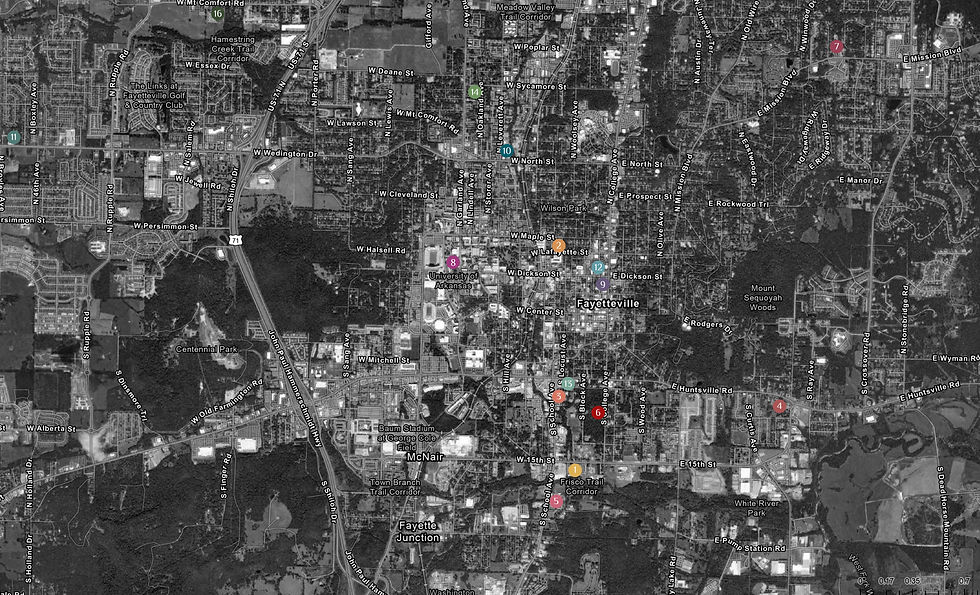Health and Wellness Standards and Laws
- cnlents
- Sep 16, 2022
- 2 min read
Updated: Nov 13, 2022
The different standards that have been created by a variety of groups are all devoted to creating greener, healthier environments. So, one would think that they all say the same thing, but this is not the case. They vary based on their specific viewpoint or goal. For example, LEED is based on creating a greener environment, while WELL is based on creating an environment that benefits human health and wellness. Don't get me wrong there is some overlap between these standards, but the way that they approach the different topics and the elements that they put focus on varies. Below is a deeper look into the priorities of these two standards to highlight the areas where their intentions overlap.
Site Selection
Both standards emphasize selecting a site with surrounding density and diverse nearby amenities to promote walkability.
LEED - does this to support low or no carbon transportation and reduce motor vehicle use to reduce pollution
WELL - does this to promote movement and physical activity
Water
Both standards aim for use reduction and conservation of potable water.
LEED - does this to conserve low-cost potable water resources
WELL - does this to maintain water drinking quality for users through infiltration and regular water tests
Air Quality
Both standards are devoted to maintaining a base level of air quality that contributes to the health and wellbeing of users.
LEED - does this by minimizing the concentrations of harmful materials in the building
WELL - does this through ventilation, operable windows, and isolating indoor pollution sources from the rest of the air
Daylight
Both standards encourage the use of daylighting.
LEED - does this to connect to the outdoors, encourage circadian rhythms, and reduce electrical lighting
WELL - does this by encouraging circadian lighting design, daylight exposure, using electrical light to balance, and individual customizable lighting.
Materials
Both standards encourage implementing waste management plans and using materials that have environmental product declarations.
LEED - does this to reduce landfills, construction and demolition waste, and encourage recycling and adaptive reuse
WELL - does this to limit human exposure to hazardous materials
These are just a few specific examples of how these standards overlap in their overall intent.
How does my community use these standards?
Fayetteville puts a lot of emphasis on creating a healthier environment. A few ways they are trying to do this is through waste management, water quality monitoring, and access to public transportation and walkability. In 2011, the city even required that all new civic buildings to be LEED certified. However, there isn't a lot of emphasis on the interior spaces. There isn't a lot of focus on how interior spaces impact human wellness. Below are some informational sheets that I found on Fayetteville's website that go into more detail:











Comments